The sweet smell of cinnamon and sugar can bring back fond memories of grandma’s kitchen, especially this time of year. But too many of her holiday treats can leave you stuffed as a stocking and sleepy as a sugar plum fairy.
If baking is on your Christmas list, why not consider natural sweeteners that taste just as good, won’t spike your blood sugar, or leave you feeling bloated and guilty? They are easy to find, more nutritious, higher in fiber and lower in net carbs (fiber is an indigestible carb, so it is subtracted from total carbs for “net” carbs). This is good as most people don’t get enough fiber in their diet; however, still use caution on the quantity of these good-for-you goodies (or cinnamon and sugar won’t be the only smell).
Of the many natural sweetener options, my favorite is stevia as it has zero sugar, zero carbs, and zero on the glycemic index (GI) scale. It comes in both liquid and powder and is much sweeter than regular sugar, therefore requires less. It’s best to find recipes that call for stevia, but a good rule of thumb is one teaspoon of powered stevia for each cup of sugar.
Not everyone likes stevia, so I explored a few others. On the GI scale (0-100), less than 55 is considered low and this is how they measure up: One teaspoon of cane sugar is 65, honey (50), maple syrup (54), coconut sugar (54) and dates (42). I thought I found heaven with yacon syrup, a tubular superfood that is also a prebiotic, at only one GI and 50 percent fiber. I made the delicious cookies (pictured here) with almond flour (subbing ¼ gluten-free all-purpose flour for texture), stevia chips and yacon. At only four carbs per cookie (from flour), they didn’t raise blood sugar and tasted incredible, but were too fibrous. I agree with those who say yacon is best consumed in smaller amounts, say a teaspoon a day, in your holiday golden milk, chai, coffee or tea.
Monkfruit may be the clear winner for baking. Heat stable with no carbs and zero on the GI scale, it comes in liquid, granular and powder form and can be substituted at 50-100 percent (to taste). The sweetness can vary by brand, so be sure to check labels to ensure no additives.
Baking with natural sugar substitutes is a great place to start, but also consider swapping grain flours for nut or seed flours, like almond and coconut, to attain your healthiest holiday treats. Enjoy and happy baking ~
Lauren Del Sarto is founder/publisher of Desert Health and can be reached at lauren@deserthealthnews.com.
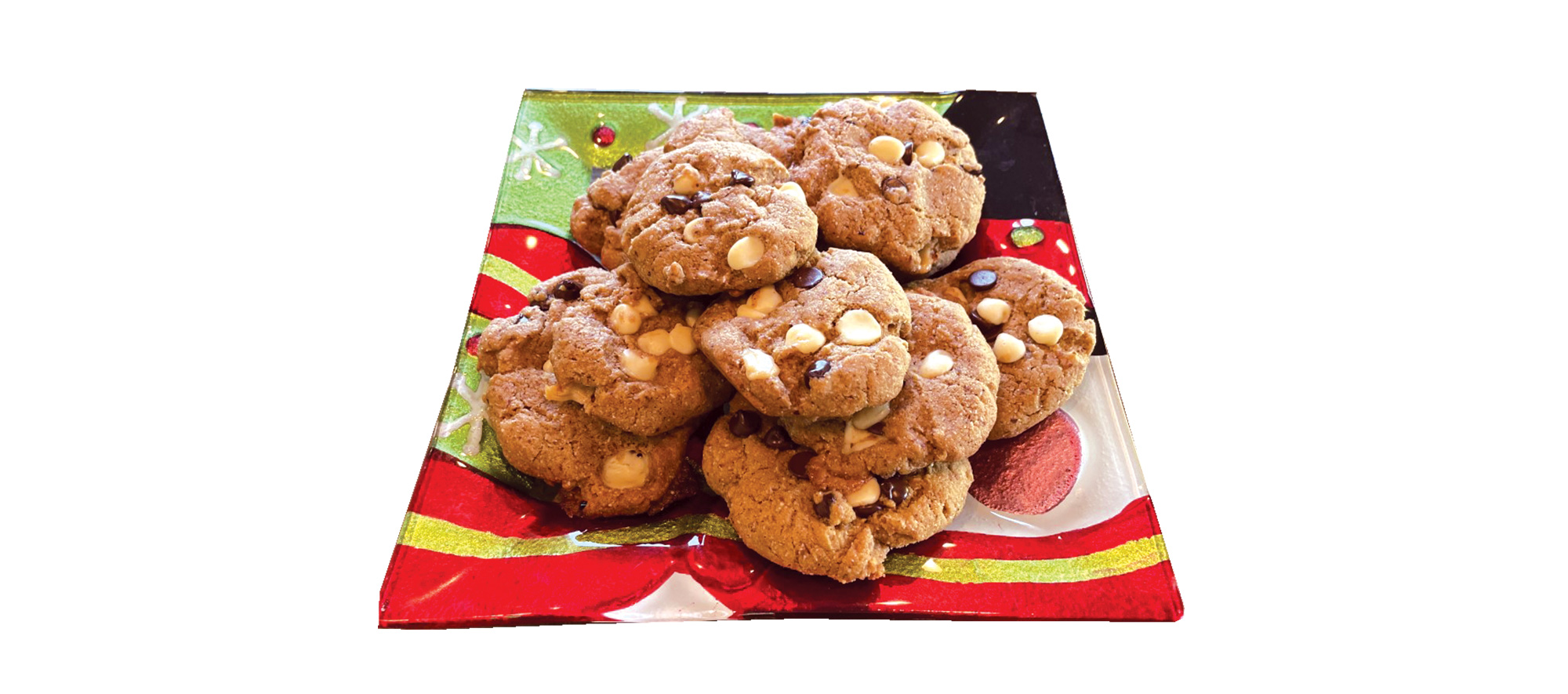



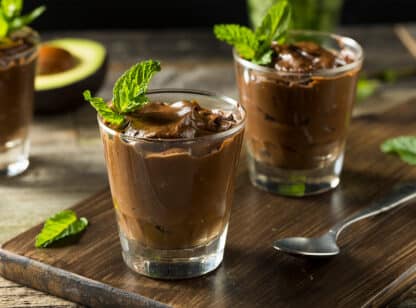
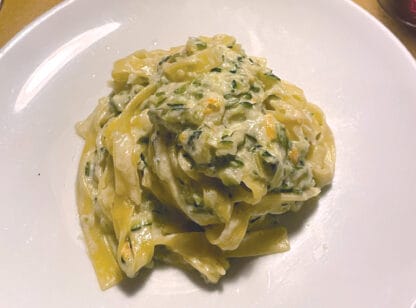


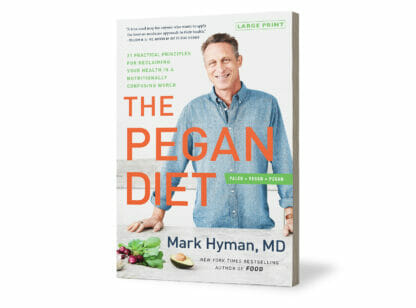

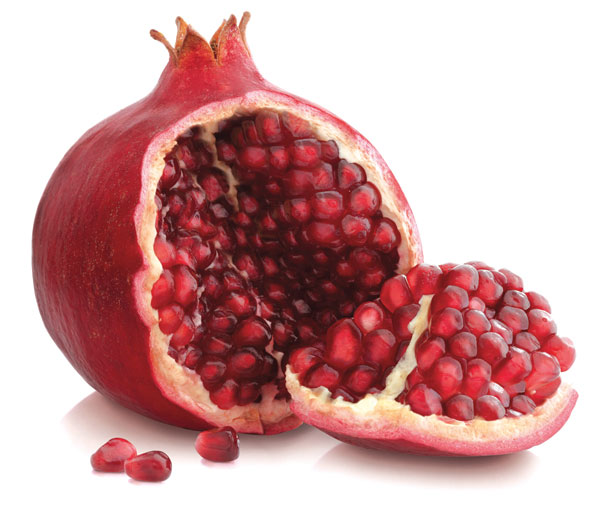

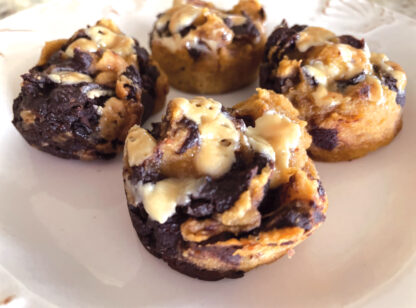


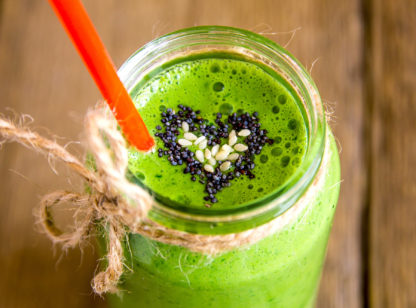

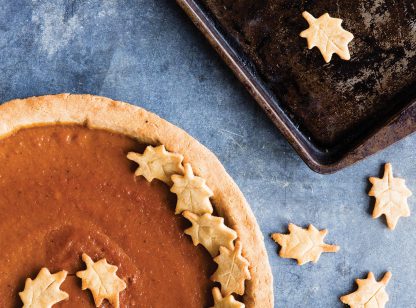
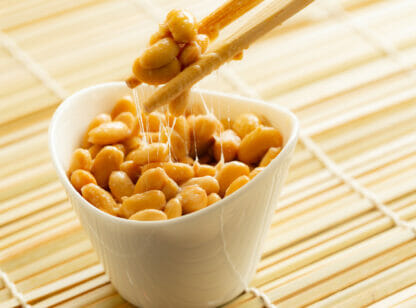






























Comments (1)
These are wonderful suggestions for substituting sugar. I’m anxious to try your cookie recipe.
Thank you